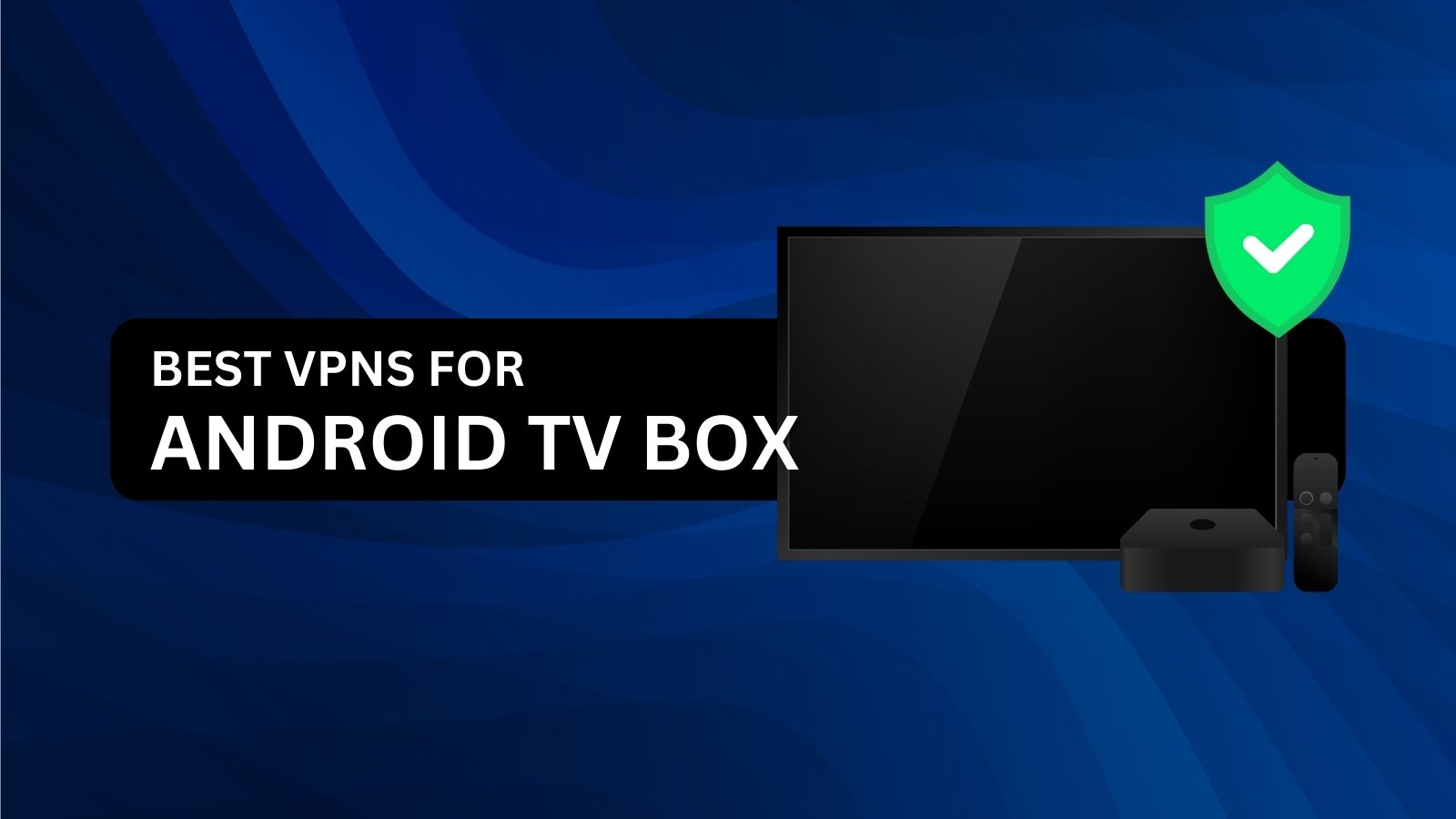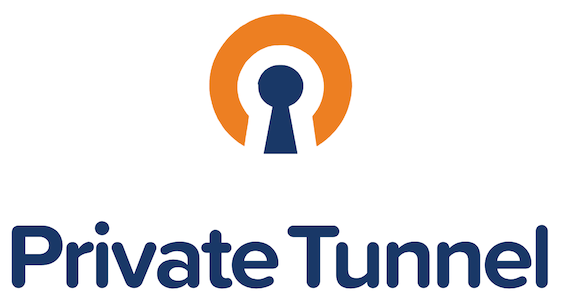In the world of sales, particularly when dealing with high-ticket offers, the power of persistence can be the game-changer you need. Closing high-ticket deals often requires more than just a well-crafted pitch; it demands a strategic approach that leverages persistence in a way that builds trust, demonstrates value, and ultimately persuades your prospect to take the plunge. In this blog post, we'll delve into how you can harness persistence effectively to close those big deals.
Understanding the High-Ticket Offer Landscape
Before diving into the mechanics of persistence, it's crucial to grasp what makes high-ticket offers unique. High-ticket items or services are typically characterized by their high value, which means they require a more nuanced sales approach. These offers often involve significant investments, whether in terms of money, time, or both, and therefore, the sales cycle can be longer and more complex.
The Role of Persistence in Sales
Persistence in sales isn't just about relentless follow-ups; it's about strategically engaging with your prospects in a way that maintains their interest and addresses their concerns. For high-ticket offers, persistence needs to be balanced with tact and insight.
Building Trust and Credibility
Trust is a cornerstone of any high-ticket sale. Prospects need to believe that the investment they’re making is worthwhile and that you are a credible partner. Persistence plays a key role here:
-
Regular Communication: Consistent follow-ups show your commitment and keep you top of mind. However, it's important to ensure that your communication is valuable and not merely repetitive.
-
Providing Value: Use every interaction as an opportunity to add value. Share insights, answer questions, and offer solutions to their problems.
-
Showcasing Expertise: Demonstrate your expertise and knowledge about the industry and the specific needs of the prospect. This builds confidence in your offer and in your ability to deliver.
Understanding the Prospect’s Needs
Effective persistence involves a deep understanding of the prospect’s needs and challenges. Tailor your approach based on this understanding:
-
Listen Actively: Pay attention to what the prospect says about their pain points and objectives. This information will guide your persistence strategy.
-
Personalize Your Approach: Customize your follow-ups and communications to address the specific needs and concerns of the prospect.
-
Be Adaptable: Be prepared to adjust your strategy based on the prospect’s feedback and evolving needs.
Overcoming Objections
High-ticket offers often come with objections, whether related to price, value, or timing. Persistence helps in overcoming these objections:
-
Anticipate Objections: Be proactive in addressing common objections before they are raised. This shows that you understand the prospect’s concerns and have solutions ready.
-
Empathize and Address Concerns: Acknowledge the prospect’s objections and provide thoughtful, solutions-oriented responses.
-
Use Case Studies and Testimonials: Share relevant success stories and testimonials that address similar objections and demonstrate the value of your offer.
Crafting a Persistent Follow-Up Strategy
To close a high-ticket offer, your follow-up strategy must be well thought out. Here’s how you can craft a strategy that leverages persistence effectively:
Plan Your Follow-Up Sequence
Develop a structured follow-up plan that outlines when and how you will reach out to the prospect. Consider the following:
-
Initial Follow-Up: Shortly after your initial pitch, send a follow-up email summarizing key points and next steps.
-
Value-Added Follow-Ups: Continue to provide value through additional insights, content, or answers to any questions the prospect may have.
-
Timing and Frequency: Be mindful of the timing and frequency of your follow-ups. Too frequent, and you risk coming off as pushy; too infrequent, and you may lose momentum.
Leverage Multiple Channels
Utilize various communication channels to maintain engagement with your prospect:
-
Email: Use email for formal communication and to share detailed information.
-
Phone Calls: Personalize your approach with phone calls, which can help build rapport and address concerns more directly.
-
Social Media: Engage with prospects on social media platforms where appropriate, adding a personal touch to your interactions.
Track and Analyze Engagement
Keep track of your interactions with the prospect to refine your approach:
-
CRM Tools: Use customer relationship management (CRM) tools to record interactions and set reminders for follow-ups.
-
Analyze Responses: Pay attention to how the prospect responds to different types of communication and adjust your strategy accordingly.
The Balance Between Persistence and Patience
While persistence is crucial, it's equally important to exercise patience. High-ticket sales often involve longer decision-making processes, and pushing too hard can sometimes backfire. Here’s how to strike the right balance:
Know When to Back Off
If a prospect is not responsive despite your best efforts, it may be time to step back and give them space. Over-persistence can be detrimental and might even damage the relationship.
Reassess Your Approach
If you’re not making progress, reassess your approach. Are there new ways you can add value or address their concerns? Sometimes, a fresh perspective can reinvigorate the sales process.
Maintain a Positive Attitude
Persistence should be accompanied by a positive and professional attitude. Prospects are more likely to respond favorably to someone who is enthusiastic and respectful.
Case Studies of Effective Persistence
To illustrate the power of persistence in closing high-ticket deals, consider these real-world examples:
Example 1: The Software Solution
A software company was struggling to close a high-ticket deal with a large corporation. The sales team employed a persistent strategy, which included regular check-ins, providing additional resources, and addressing concerns about integration and ROI. After several months of persistent, value-driven follow-ups, the corporation decided to proceed with the purchase.
Example 2: The Consulting Firm
A consulting firm aimed to secure a multi-year contract with a prominent client. Despite initial interest, the prospect had reservations about the long-term commitment. The sales team used persistence to offer customized solutions and additional consultations to address these concerns. Their persistent efforts paid off when the client agreed to the contract, impressed by the firm’s commitment and tailored approach.
The power of persistence in closing high-ticket offers lies in its strategic application. By building trust, understanding the prospect’s needs, overcoming objections, and crafting a well-planned follow-up strategy, you can effectively leverage persistence to secure those crucial deals. Remember, persistence is not about being pushy; it’s about being consistently valuable and insightful, adapting your approach based on the prospect’s responses, and maintaining a positive and professional attitude throughout the sales process.























